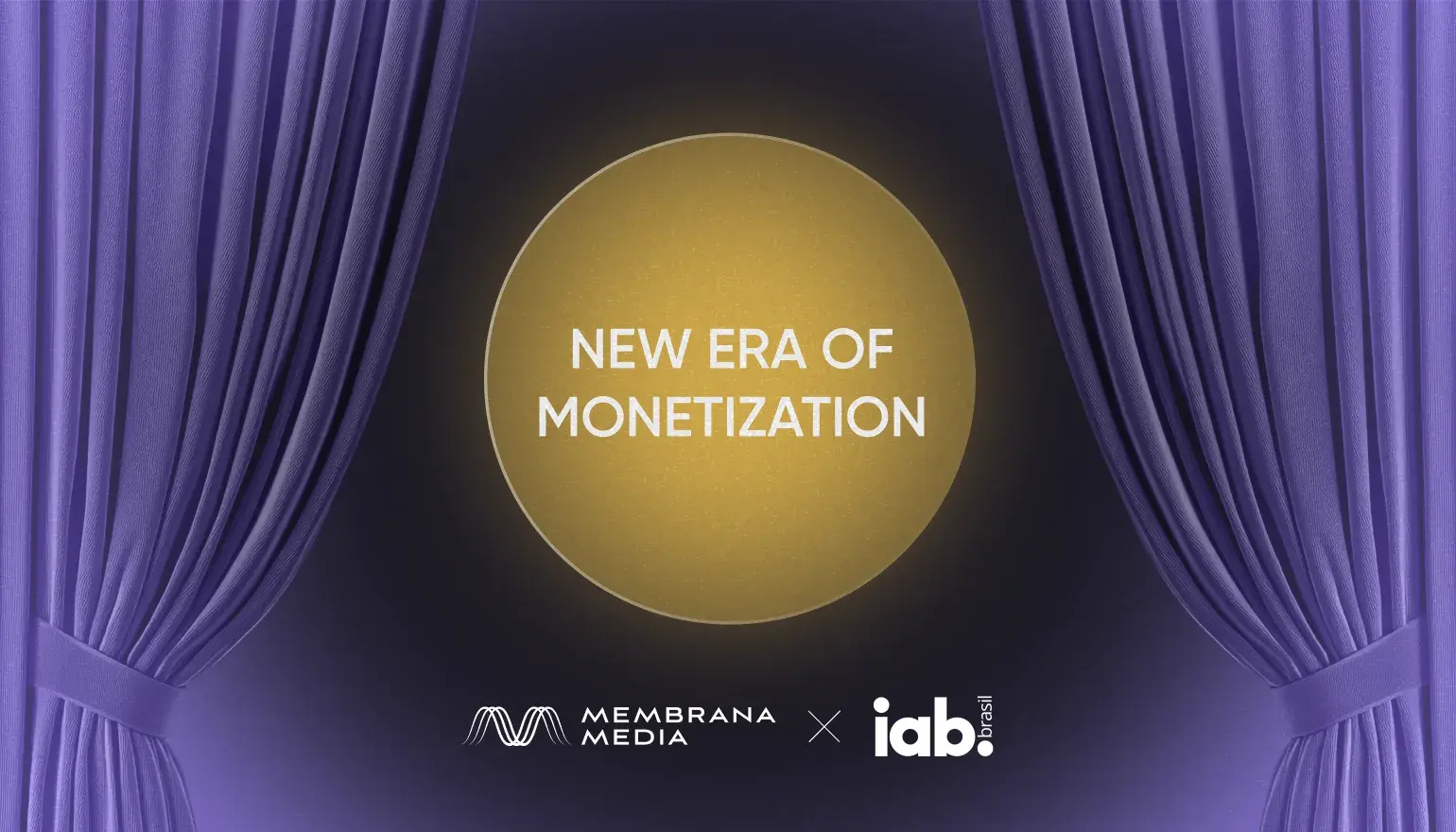.webp)
Would your audience stick around if you asked them to trade access to content for something valuable—money, attention, or data? What do you think, and why?
The debate over paid models in news media continues, with opinions predictably divided. On one hand, paid access is seen as a reasonable and necessary step for journalism’s survival. On the other, it creates a barrier that may limit access to verified data and worsen misinformation.
Let’s break down the key arguments.
In Favor of Paid Access
Rising costs of journalism. Producing quality content, including investigative reports and exclusive stories, is expensive. Paying journalists, editors, and fact-checkers requires a stable source of revenue. Paid access helps cover (at least partially) these costs and allows readers to receive up-to-date content daily.
Professionalism should be valued. People once paid for print newspapers, and this was considered normal. Even today, many who prefer traditional formats continue subscribing to print editions. This proves that professional journalism retains its value.
A fair exchange. If users are willing to subscribe to streaming services and pay for movies and music, why shouldn’t this model apply to online media? Services cost money, and payment is a way of respecting the work of reporters, videographers, and production teams.
Modern alternatives. Advertising often fails to generate enough revenue to cover newsroom expenses, especially with the growing use of ad blockers. However, beyond subscriptions through paywalls and user conversions via regwalls, there are also rewarded formats like AdWall. Such solutions allow publishers to earn 10–15 times more from advertising compared to standard banner ads, all while maintaining content accessibility and audience loyalty (more on that later).
Against Paid Access
A barrier to quality information. Paid access limits readership. Many users, when faced with a subscription, leave the site and turn to free, less reliable sources that rely on clickbait headlines and sensationalism. This only exacerbates the problem of disinformation.
An impractical model. People are not willing to pay for multiple subscriptions across different platforms. Even if a single subscription seems affordable, the combined cost of various content sources can become excessive, turning information from a necessity into a luxury. As a result, users look for ways to bypass paywalls. Articles with headlines like “Copy the URL of the news article and paste it into Site X to read the full text” regularly circulate online.
Lack of flexibility. Many subscription models are too expensive for the average reader. The all-or-nothing approach forces users to either pay for full access or receive nothing at all. Some publishers offer more affordable alternatives, such as micropayments for individual articles or aggregated subscriptions through platforms like Apple News. But such cases are quite rare.
High implementation costs. Integrating and configuring paywall and regwall systems requires time, investment, and specialized expertise—resources not all publishers can afford.
Negative impact on SEO. Paywalls and regwalls can limit how search engines index content. This reduces the visibility of news articles in Google and other search engines, potentially decreasing overall website traffic.
Possible Solutions
- More flexible and affordable pricing options. For example, micropayments for individual articles or low-cost subscription tiers.
- Universal platforms that grant access to multiple publishers under a single subscription.
- Less intrusive, customized advertising models that allow readers to access content while enabling publishers to generate revenue without cluttering their sites with banner ads.
- Improving user experience (UX) and fostering audience loyalty. The higher the content quality and the smoother the access, the more likely users are to accept small-scale ad-based monetization models.
AdWall’s rewarded format is the perfect solution for tackling the last two challenges, offering publishers a fresh perspective on monetization. Developed by Membrana Media, it allows publishers to fully customize ad placements and tailor them to their needs while preserving the user experience.
With a CPM-based model, AdWall ensures stable and high revenue per impression, unlike other rewarded formats that rely on CPI and CPA models. Publishers gain access to premium advertisers, while ads are shown only a few times per month to a narrow audience segment, preventing ad fatigue and maintaining trust—no personal data, emails, phone numbers, or social media logins are required. (Even the most skeptical conspiracy theorists won’t have a reason to complain! 😉)

AdWall works both as a standalone solution and as a seamless addition to paywall and regwall models. The key difference? It helps monetize 10%+ of the audience that isn’t willing to pay for content or provide sensitive data during registration but is open to "paying" with their attention by watching a short ad in exchange for access to an article.
With AdWall, you don’t have to choose—you simply add the missing piece to your monetization stack, maximizing its potential to the fullest.


